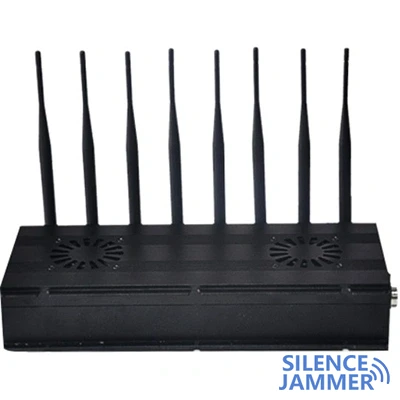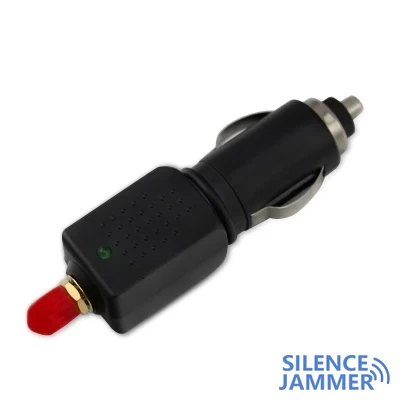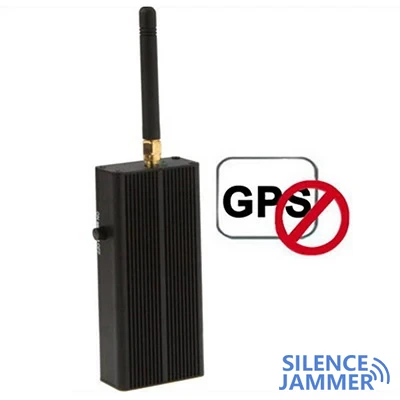Background and Current Situation
In Colombia, signal jammers in prisons have become outdated technology, and their effectiveness and legality face severe challenges. According to a statement from the National Institute of Penitentiaries and Prisons (Inpec), these signal jammer devices are mainly based on old versions of 3G technology, and many devices have been shut down by court order. Inpec took emergency measures to address the problem when the Attorney General's Office was concerned about the increase in extortion crimes in prisons.
Signal Jammer Technical and Legal Limitations
Although signal jammer blockers were once considered an effective tool to prevent crime in prisons, they are no longer suitable for current needs due to their outdated technology and negative impact on the surrounding environment. Colonel Gutierrez Rojas pointed out that the maintenance costs of these devices are too high, and the introduction of new technologies faces a shortage of funds. At the same time, the widespread interference of prison signal jammers has also triggered strong opposition from nearby residents, whose daily life, work and study have been affected.

Criminals have found ways to crack these blockers, making them less effective in deterring crime in prisons. Inpec revealed that jail signal jammers in prisons are often sabotaged by prisoners or destroyed by criminals through bribery of citizens. These technical blind spots allow criminals to continue illegal activities such as telephone extortion.
Solutions that can replace signal jammers:
1. Mobile phone detection technology
- Passive detection technology: This technology detects the presence of mobile phones by monitoring radio frequency signals in the environment. As long as the mobile phone is turned on, the system can capture the signals it sends or receives.
- Active detection technology: The system detects the presence of mobile phones by sending signals, similar to radar systems. This method can more accurately locate the specific location of mobile phones, especially for large or complex prison structures.
| 2. Strict entry and exit inspection and control | Body scanners: Use full-body scanners and metal detectors to check people entering and leaving the prison, including visiting family members, lawyers and staff. |
| Item scanning: Use X-ray equipment or other high-precision scanning technology to strictly check all items, especially packages, mail and materials sent from outside. | |
| Use signal detection dogs: Prisons in some countries have begun to train special police dogs to identify the presence of electronic devices by smell, thereby preventing mobile phones from entering the prison. |
Prisons respond
To address these challenges, Inpec is exploring other possible solutions, including replacing outdated equipment and introducing new technologies. However, the replacement of old equipment requires a lot of money, and technological innovation also takes time. To address these issues, Inpec is strengthening its cooperation with the judiciary and other relevant agencies, and has established a special unit dedicated to the fight against corruption.
Colonel Gutierrez Rojas stressed that fighting extortion crimes in prisons requires comprehensive strategies and innovative solutions. They are developing new strategies to more effectively combat this crime, including the isolation and transfer of prisoners suspected of extortion. In addition, Inpec also plans to build a dedicated monitoring unit and continues to analyze other alternatives to meet this challenge.
In summary, although signal blocker jammers were once an effective prison security measure, their outdated technology and limited use make them less effective in the current environment. In order to better deal with the crime problem in prisons, Colombia is working hard to find more effective technologies and strategies.





